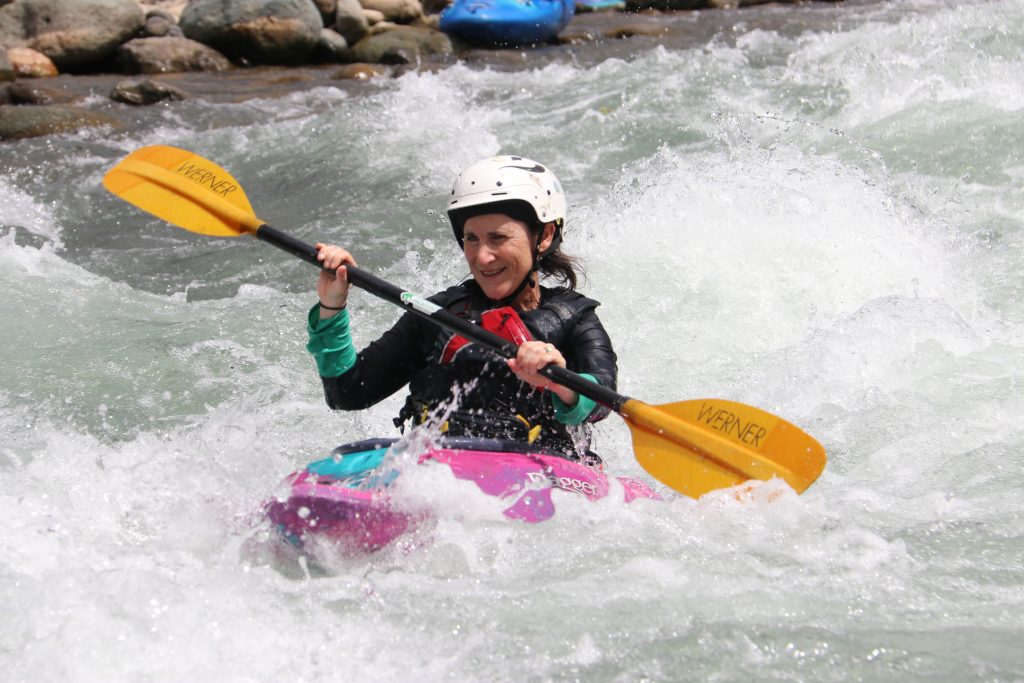
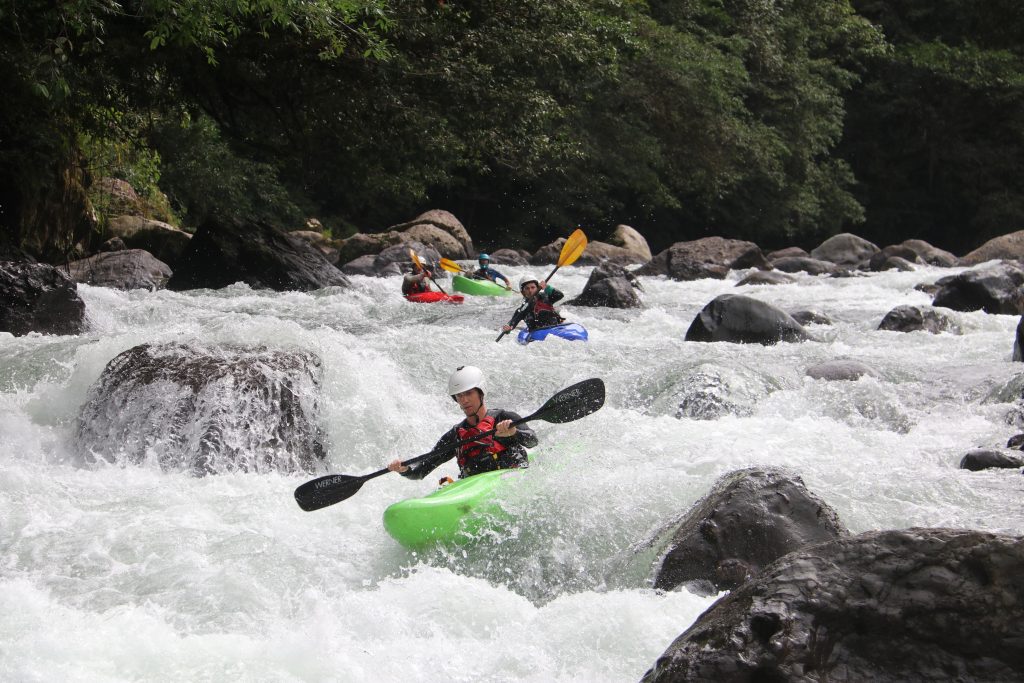

Here are the most common questions we get about paddling Costa Rica Rivers
What is the skill level needed for the week?
- All of our WOR are progressive. You will start out on a class II river and move up to class II+, class III, before experiencing class IV on the second day of the Lower Pacuare River. From there you’ll head to the Upper Upper Pacuare which is mostly class III/IV with an option IV+.
- The class IV rapids are easily walkable and your guide will run the kayak through the rapid so you don’t have to scramble over rocks with a kayak on your shoulder.
- Our guides are 100% safety focused. They are ACA certified instructors and have been paddling since they were very young. They know these rivers like the back of their hand and will assess your skills, work with you to grow as a paddler, but also want you to have a positive, safe, experience.
Can I work on my skills while in Costa Rica?
- Roll practice can happen on every river.
- Peel outs, S turns on any river.
- Surfing is great on the Pejibaye.
What if I’m the weakest/strongest paddler in the group? Will I be holding people back or pushing them too much?
- The great thing about running rivers is that you can always make an easier river harder by practicing more advanced techniques and skills.
- Sometimes we split the group into two and one guide goes with the more advanced paddlers to a different section of the river.
- If you are a more advanced paddler, be sure to let the guides know that you would like to practice some techniques or try more difficult sections.
What if I have a non-paddler coming with me?
- They can have a fabulous week paddling as much or as little of the week with you as they want.
- We have some non-paddler activities planned. Be sure to check out your itinerary or this blog post for more information.
- Be sure to mention that you are bringing a non-paddler so we can schedule the activities for them.
- If they want to be on the river with you in a ducky (or raft when needed), they will be considered a paddler with pricing. Non-paddler pricing is for activities off the river while everyone else is on the river.
⇒ Watch this video if you want to see what to expect as far as skill level and how the week goes with different paddlers learning new skills while you’re on the week of rivers ⇐
What Equipment do I need?
Most people like to bring their own helmet, PFD, and skirt as it’s more comfortable to paddle in the gear you know best. However, if you don’t bring any gear, we have some to use (except personal items):
- List of boats, SUPs, and paddles.
- Werner Paddles in both the Sherpa and the Powerhouse models ranging from 194 to 200cm in length. We carry both straight and bent shaft paddles. If they need a paddle longer than 200cm, they should plan on bringing their own.
- Snap dragon skirts, tunnel size S-XL, cockpit size XL. (How to take care of your paddle)
- NRS Ninja PFDs for kayakers – varied sizes.
- NRS Big Water PFDs for Rafters – people with chests larger than 52” round will not fit these life jackets and cannot participate in whitewater activities.
- Basic NRS Chaos helmets.
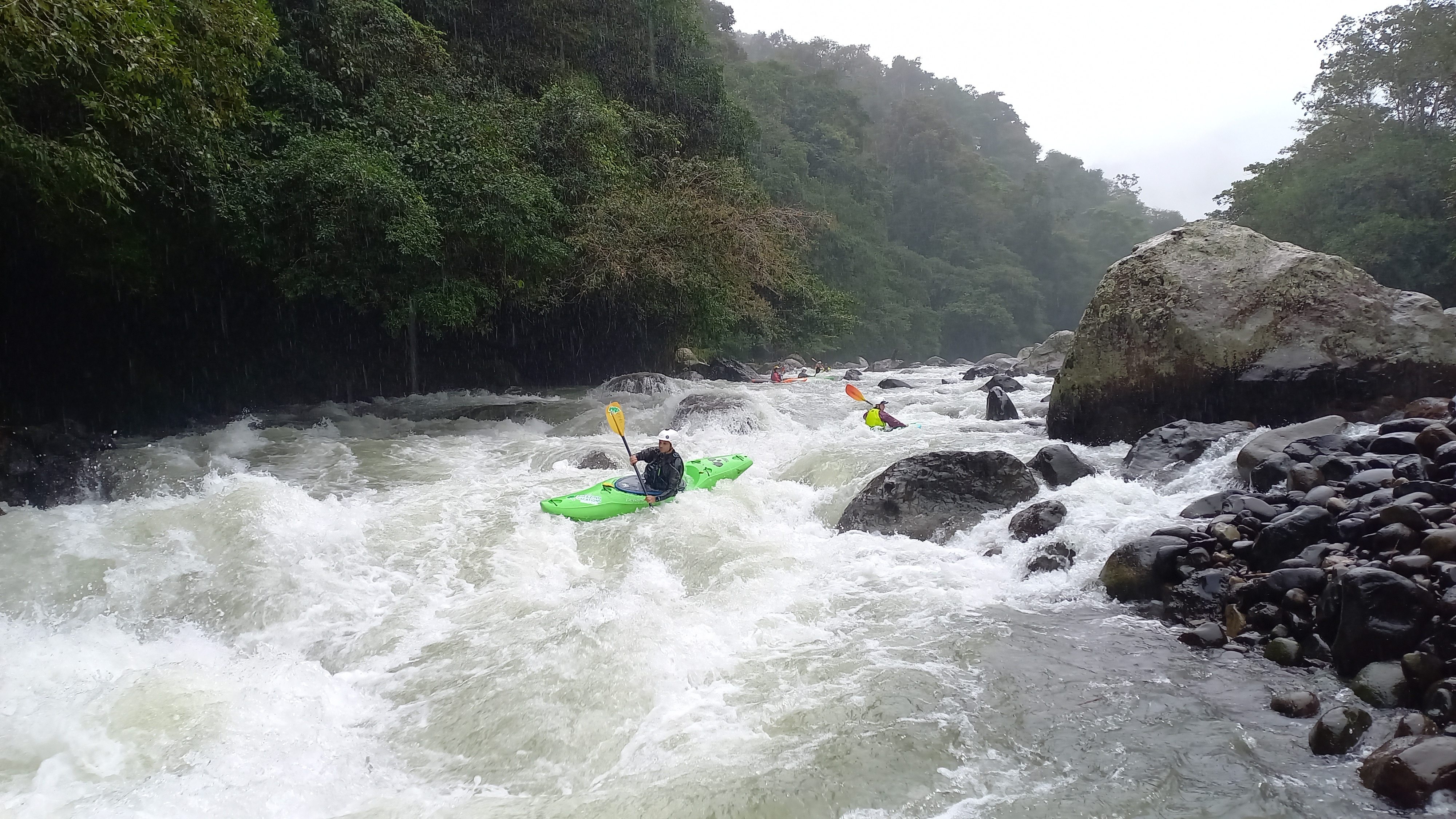
Will I fit in your boats?
- Tall people fit best in the Jackson Zen Size L. It has worked for clients up to 6’7” with size 13 feet.
- Small people fit best in the Zet Veloc and a number of Dagger kayaks are good fits for smaller paddlers. We also have a selection of foam to help outfit the kayak for a better fit.
What’s the water temperature like? What should I wear?
- The rivers are warm – generally around 70-80 year round, however some months they can get around mid 60’s.
- Most people like a rash guard/sun shirt and shorts; We strongly recommend sunscreen as the sun is very strong and reflecting off the water you will burn quickly.
- On cooler days a splash jacket or a shorty dry top are welcome.
- Wear bug spray. Even if the bugs aren’t bothering you, you don’t want them giving you diseases.
Why do you have a Week of Rivers season? Is there a better time to come?
- Costa Rica does not have a cold winter. So most people paddle during the summer in areas they can’t paddle during the cold winter months and come to Costa Rica, where it’s still warm during the winter.
- If we have a group of 4 people that want to come, we will do a week of rivers during the Summer months.
- Costa Rica is great year round but the first of the calendar year is the end of the dry season for Costa Rica. Some of the Pacific rivers run low so we recommend paddling those rivers in the fall. The Caribbean rivers have flows that can be released so they can be run year round.
When should I book my flights?
- Plan to fly in to SJO before noon on the FIRST day of your week. This is usually a Saturday.
- Plan to fly out of SJO after 12 pm noon on the LAST day of your week. This is usually a Saturday.
- If your flight doesn’t arrive or leave in these parameters, we can help you get a hotel room, catch up with the group, and we will make sure you get to the airport on time.
- When you arrive you will be taken to a place to sit, use the wifi and have snacks.
⇒ For more information, here is an interview Arnaldo did talking about the rivers, padding in Costa Rica, and what you can expect. It is long, but if you jump to around minute 11 or 13 you’ll get some good information. Watch the whole video to learn more about our guide Arnaldo. ⇐
What Costa Rica rivers do you paddle? What are they like?
See our page on the rivers we run with great descriptions, timing, and rapid names. However, here is a short summary of highlights put together by one of our amazing employees:
- Pejibaye (II/II+/III) – tends to be shallow and rockier; the water isn’t very pushy here; a great place to practice your skill set.
- The Pejibaye has slalom gates to play and practice with
- Has a surf wave
- Great place to learn whitewater SUP
- Upper portions: La Juntas and Los Leones
- Sarapiqui (II+/III)– feels similar to the Pejibaye but also has “Wall Shots”.
- A wall shot is when the water pillows off of a wall and changes direction of flow suddenly
- This does not guarantee that the rocks are undercut. Undercut rocks are hazards that most kayakers will be apprehensive about.
- UNDERCUTS/POTHOLES – submerged hazards that don’t usually affect passage overhead but can trap a capsized paddler under the edge of a riverbank or rock ledge, or entrap a victim against a rock or in debris settled into a pothole.
- Has a slide (6ft or so)
- Depending on the section has surf opportunities
- Great for SUP
- Sections: La Virgin, San Miguel
- Lower Pacuare (III/IV) – pushy water with lots of wall shots; certain rapids can have large holes.
- Day 1 (II/III) – If you can handle the Sarapiqui you can probably handle day 1. It is possible to paddle day 1 and then hop in a raft for day 2, or sometimes a tandem duckie with a guide for day 2.
- Day 2 (III/IV) – This section is busy. Rapids are back to back with short pools in between. Over 30 named rapids in 15 miles. At present all the class IV rapids are walkable. Taking a swim on day 2 of the Pacuare can be a long and exhausting day for all parties involved. The guides will assess your skill throughout the week and recommend a watercraft for you for the Pacuare (raft, duckie, hardshell). Safety is our top priority and the guides have that in mind for you and the rest of the group.
- More Videos: Pacuare, Rafting, Pack Raft, Highlights, Double Drop, Semaforo, Dos Montanas, Huacas, Lower Huacas, and Playboating
- Upper Upper Pacuare (III/IV with optional IV+) – pushy water with wall shots, more exposed rocks than Lower Pacuare.
- Donde la voy (IV+) is easily walked; Don’t sweat it
- Savegre (II/III) – less exposed rocks, lots of fun wave trains
- Guabo (III) – more creek-like; exposed rocks, some boofs, ends in the ocean which is SUPER NEAT!
- Boof: A river running move performed over a rock, waterfall, drop or hole to keep the bow of the paddlers’ boat above the surface of the water and to keep the kayak flat or close to flat. The boof is a really fun and important move for remaining stable and making moves, especially on steep creeks.
The Lower Pacuare is our hardest river. Technically you could argue that the Upper Upper is harder, but it’s easier to walk those hard rapids.
What if there aren’t enough people in my week? Will you cancel the trip?
- We will run a trip even if you are the only person on the week! This gives you great one on one time with the guides!
- However, if we have less than four people, dinners will not be included. This helps cover the fixed costs that are not shared by a larger group, and it just doesn’t make sense to have someone come cook for 3 or less.
- While dinners will be on your own, the guides can help you find local places to eat. Lunches and Breakfasts will still be provided.
What about the kayak race I’ve heard about in Costa Rica?
- Our Team loves to be involved with the El Cacique del Reventazon. It is a Class 4+, 5 river and the racing is a lot of fun for competitors and spectators alike.
- The race is on a Saturday and Sunday in the fall.
- Send us an email if you are interested in joining this fun event!
- Here is some more information and you can also check out the YouTube channel for videos of past years races.
For more Costa Rica river questions see our FAQ page for info on wearing pads, rocks in the river, and repairs for your equipment. If you have a question that isn’t answered here, let us know in the comments and we will get you the answer!



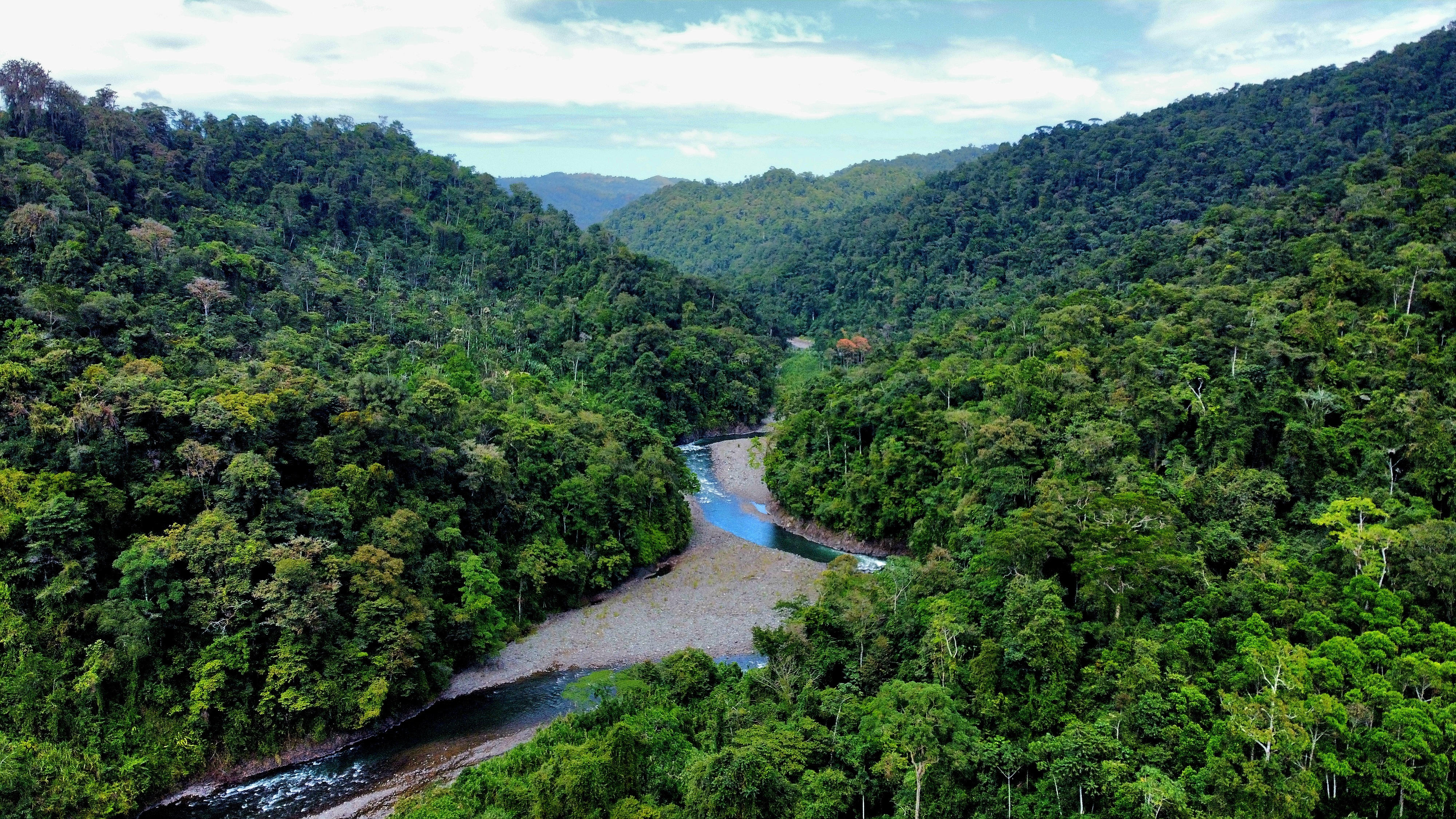
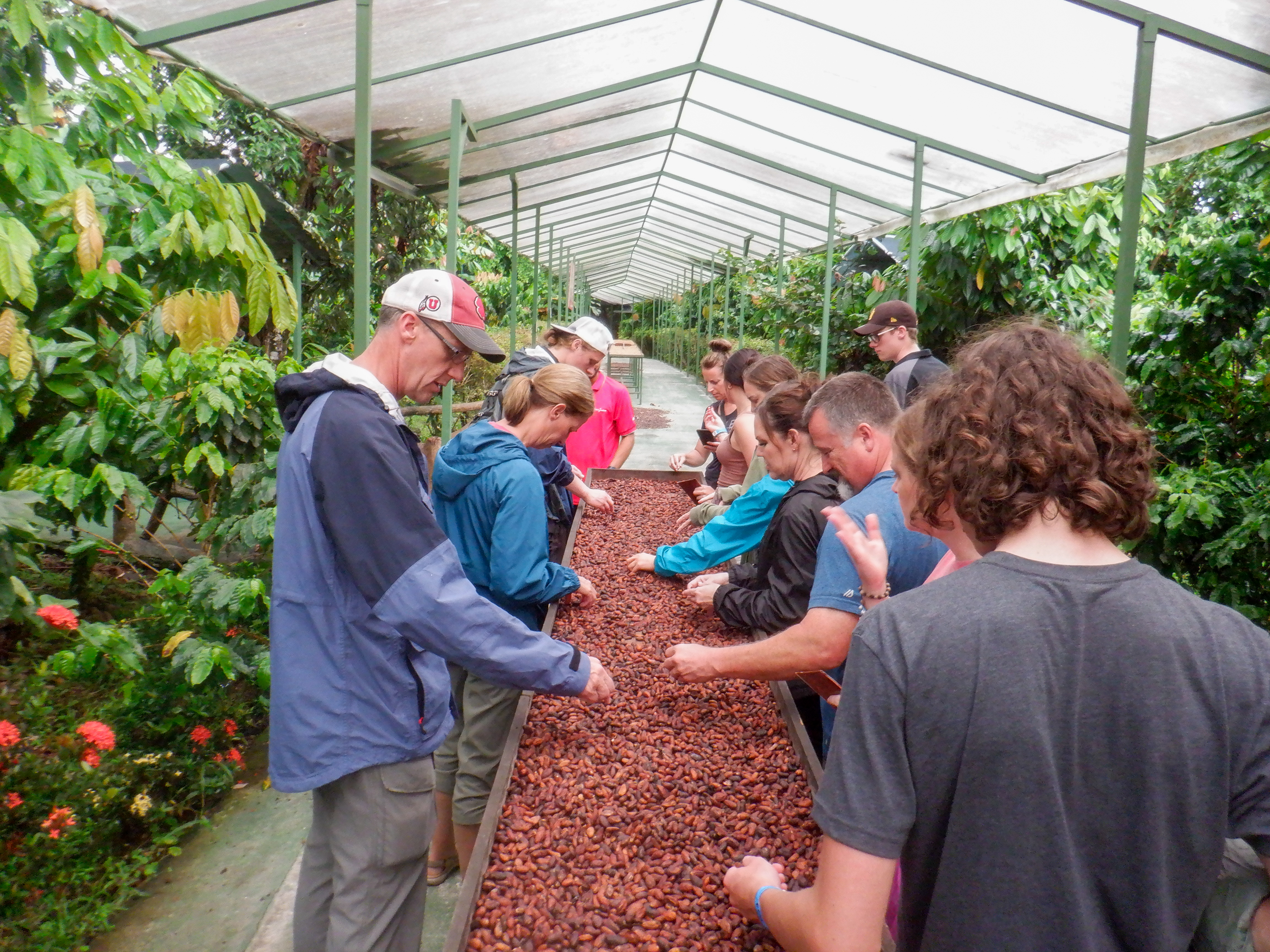
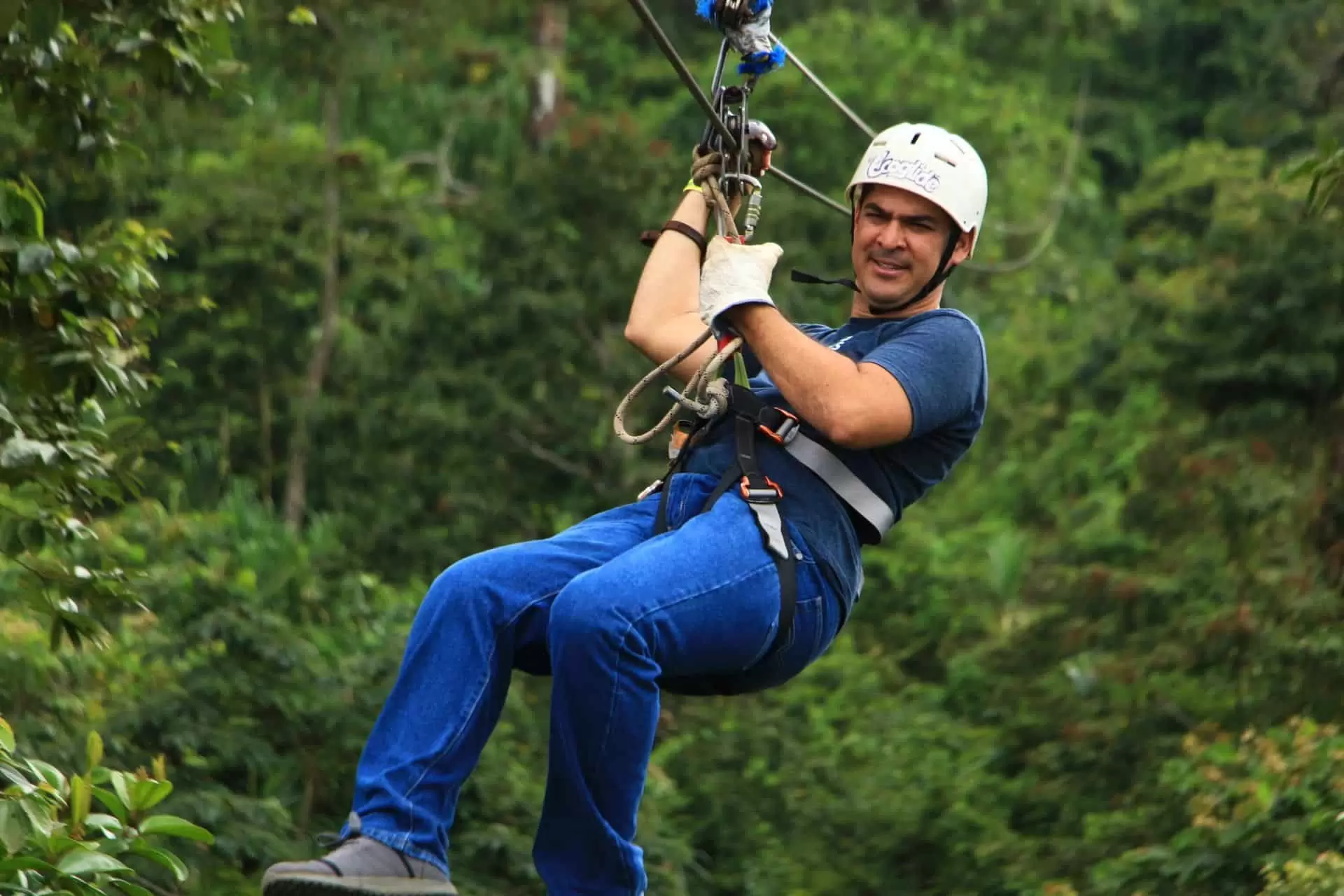

One Response